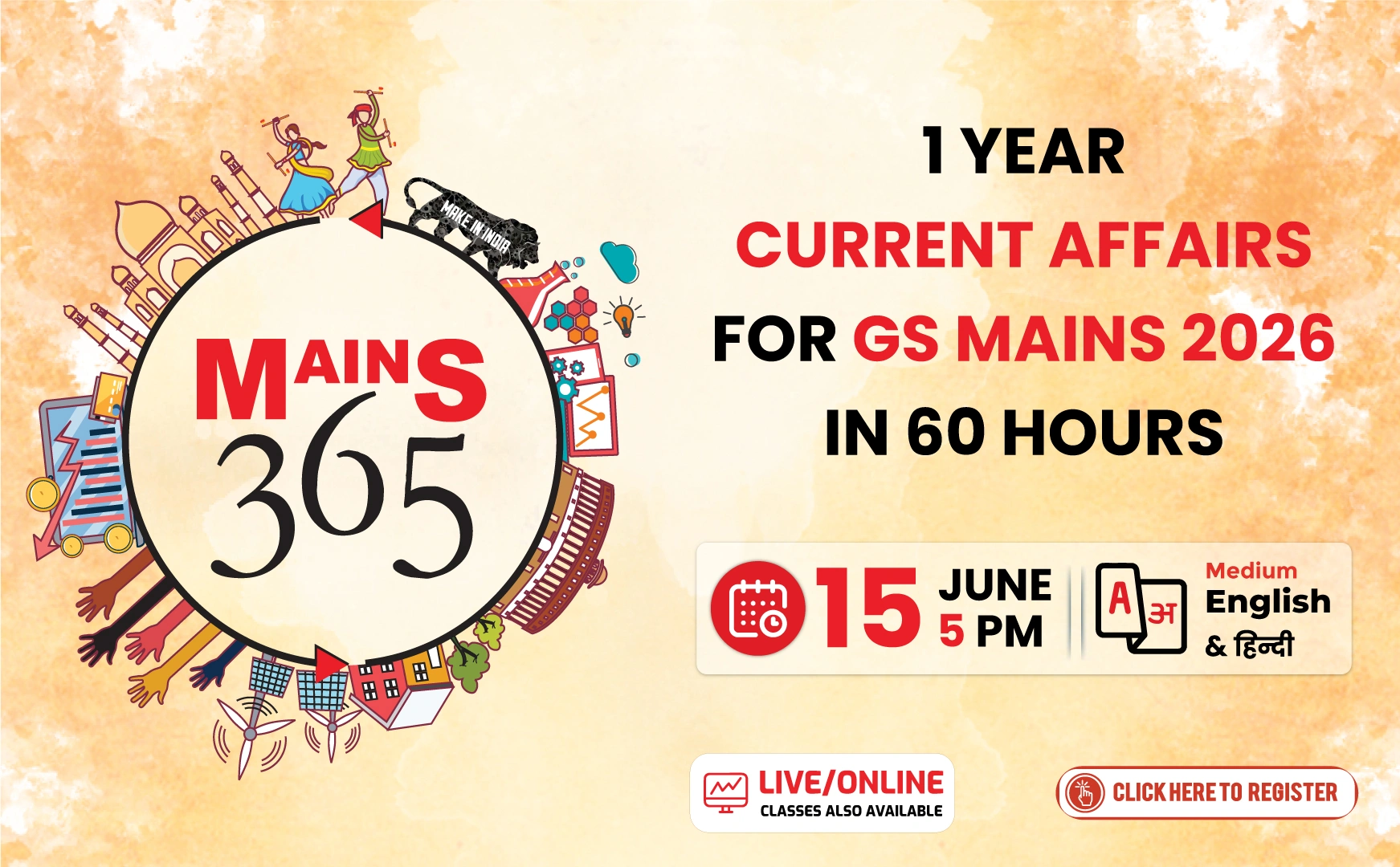Supreme Court's Concerns on Poverty and Food Distribution
The Supreme Court of India questioned the disparity between the claims of high development rates and the substantial percentage of populations living below the poverty line in some states. Despite claims of high per capita income, about 70% of certain state populations are below the poverty line, highlighting the contradiction and questioning the effectiveness of subsidized food distribution schemes.
Issues Highlighted
- The contradiction in states claiming high per capita income while having a significant population below the poverty line.
- Concerns over whether subsidized ration systems genuinely benefit the poor or serve as political tools for popularity.
Legal and Ethical Observations
Justice Surya Kant emphasized that corruption and mismanagement in the Public Distribution System should not impede its implementation. He reaffirmed the poor's right to at least two square meals a day as part of their fundamental right to life under Article 21 of the Constitution.
Government's Duty and Legal Obligations
- Additional Solicitor General Aishwarya Bhati highlighted the Union government's obligation under the National Food Security Act, covering 81.35% of the population, with additional schemes reaching millions more.
- Advocates for activists stressed the rise in inequality and the need for immediate food security for unemployed migrant workers.
- Ration cards need distribution to migrant workers, a process delayed since an April 2023 Supreme Court order.
Current Statistics and Implementation Challenges
- The e-Shram portal had 28.6 crore registrants, with only 20.63 crore linked to ration card data, indicating over 10 crore potential exclusions.
- Supreme Court emphasized the state's responsibility to include every migrant worker in the ration card distribution list based on updated population statistics beyond the 2011 Census data.



